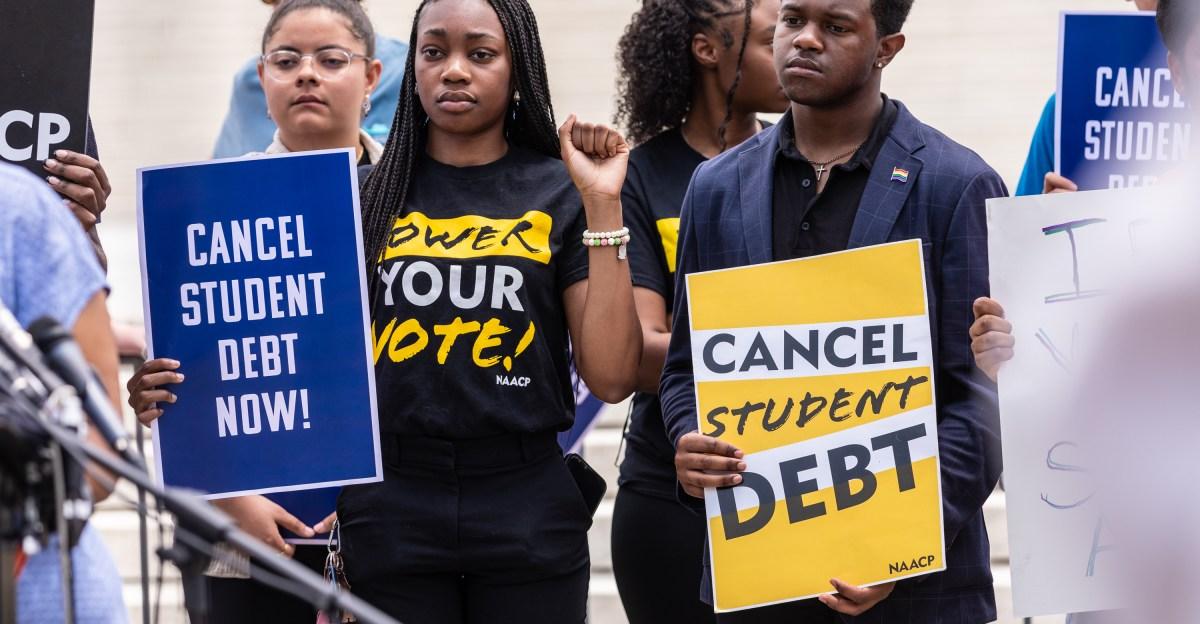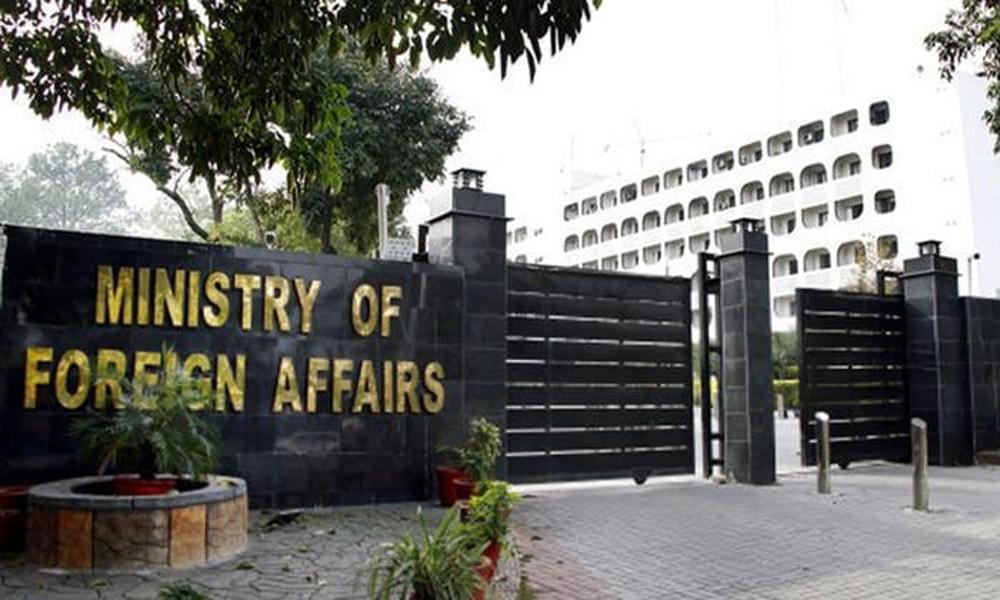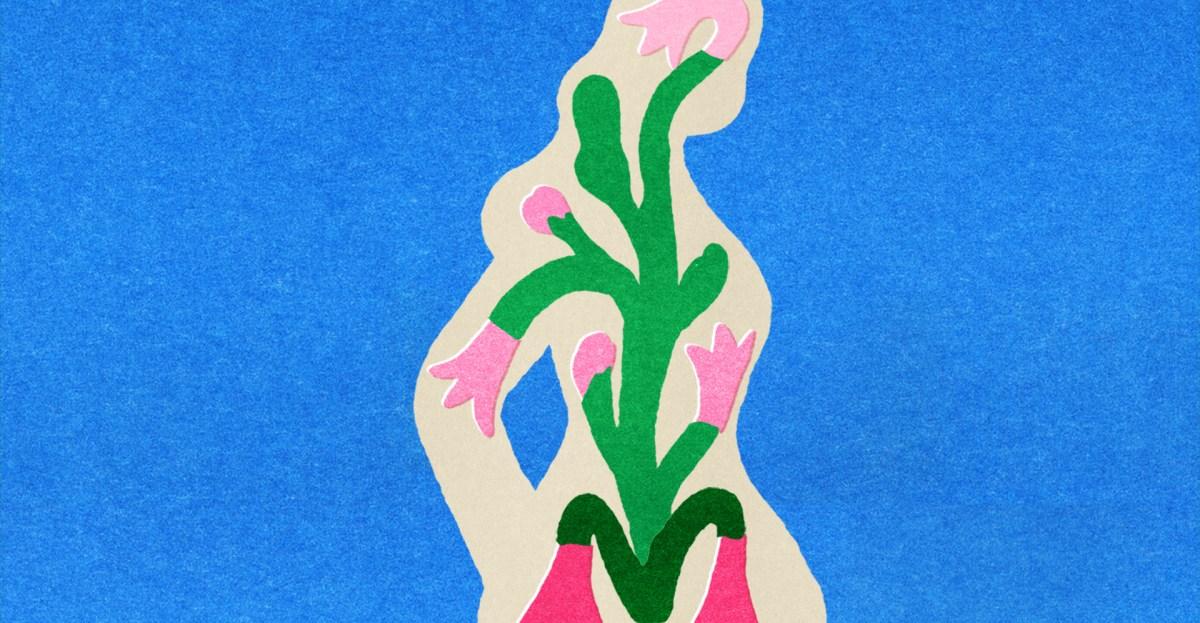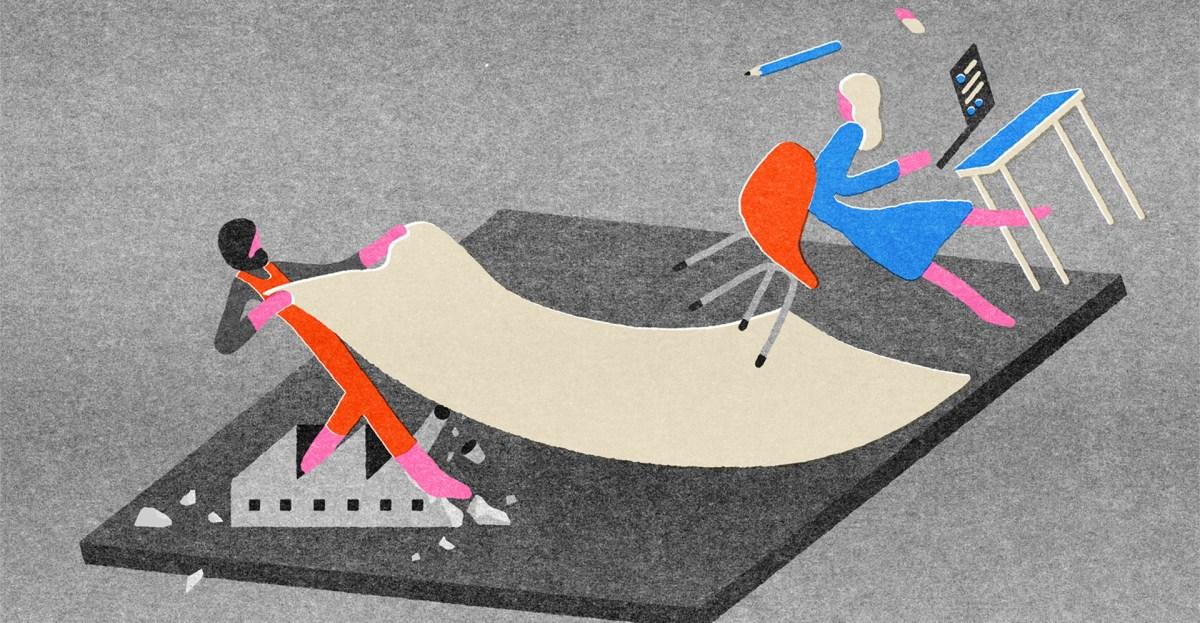Consumers are mad about tipping, coining terms like tipflation and guilt-tipping. But many people forget: You can say no to the tipping tablet (though it doesn’t mean you should).


If you haven’t heard it or felt it yourself, people are angry about the state of tipping. Consumers have noticed that they’re being asked to tip more often and for higher amounts than before. They buy their morning coffee and the barista flips around a screen that nudges them to add on a little more, or they go to pick up lunch and they’re prompted to leave an extra $1. In particularly confounding situations, some people have found themselves being asked to tip their dermatologist or an e-commerce website. In the media, story after story has been written, recorded, and televised about the current state of affairs in tip culture in America.
To describe this culture, we’ve coined terms like “tipflation” and “guilt-tipping.” Many of the conversations I find myself in about high prices these days end with someone saying, “And then you’re supposed to tip on top of it.”
Contrary to the high emotions around it, tip requests aren’t that big a deal. What every frustrated consumer seems to forget is that you can just say no — plenty of people do. (Whether you should is a separate question, especially for workers whose livelihoods depend on tips.) Tipping in the vast majority of cases is optional. Maybe that tip jar was a little easier to ignore than the tablet, but I’m going to let you in on a little secret here: The worker behind the counter hoped you’d put money into the jar, you just didn’t feel as icky about not doing it.
“There are bigger things in this world going on to get frustrated about,” said Dianne Gottsman, a national etiquette expert.
So why does this rile people up so much? Tipping has become a sort of proxy for frustrations about the economy; it’s a small thing that often feels easier to focus on than the bigger things, like inflation. It can pit workers, consumers, and even businesses against one another in a way that’s uncomfortable for all involved.
It’s also an issue with no easy solutions. Some service workers don’t want tipping to go away, even if it means they’ll be paid a higher base wage. And while it’s easy to suggest businesses simply pay their workers more, that extra pay will come from somewhere — often in higher prices being passed on to consumers.
Why tipping gets people in such a tizzy
One thing is true: Tipping is different from what it used to be, even a few years ago. During the pandemic, there was a groundswell of support for service workers and small businesses, and practically everyone who could overtip did. That support hasn’t lasted — society has pretty quickly given up on worrying about essential workers — but some of the tipping changes have. “That emboldened a lot of companies to be more aggressive in asking for tips,” said Ted Rossman, a senior industry analyst at Bankrate. “It was followed pretty quickly by this big bout of inflation, and now we’re starting to see the backlash.”
Irritation with tipping can be both financial and emotional. Consumers don’t like surcharges, whether it be airline fees or an extra $1 to pick up your meal at the local burrito place. Adding an extra 20 percent onto a price that’s quite a bit higher than it used to be is a hit to the wallet.
It’s also jarring because many consumers aren’t entirely sure what to do. The unwritten rules of the game have changed, and even though those rules are merely suggestions, many people don’t like the change. Technology is a factor here, too — now, a computer screen is often asking people what they want to do, sometimes in circumstances where tipping didn’t used to be a factor at all.
“People are feeling social pressures to leave tips in circumstances that they wouldn’t ordinarily expect to tip,” said Michael Lynn, a professor of consumer behavior and marketing at Cornell University and an expert on tipping. What’s more, they’re being asked for money in an information vacuum — the point-of-sale tablet gives no indication of how the person in front of them in line tipped or didn’t. “We’ve had counter tip requests before in the form of tip jars, but that contains information about what other people are doing. Those current tip screens don’t give us that,” Lynn said. (There’s a reason why before the tablets, some workers put their own money into tip jars to try to encourage customers to drop cash in. This is not not something I have done in the past when bartending.)
One Bankrate survey from 2023 found that 66 percent of American adults have a negative view of tipping, though just 16 percent said they would be willing to pay higher prices to do away with tipping. A research article from 2021 found that requesting a tip before a service instead of after was perceived as manipulative, with consumers saying they were less likely to return to the establishments, leaving lower online ratings, and tipping less.
As frustrated as many people say they are with tipping requests, it’s not entirely clear how many of them are changing their behaviors. While consumers may say they won’t go back to businesses because of a perceived unfair tip ask, it’s not clear whether they follow through, Lynn said. People don’t appear to be tipping a great deal more in light of the nudges, either, according to some of the companies behind the tablets.
According to data on payrolls from commerce technology company Square, restaurant workers are making more overall, but it’s largely due to increases in their base wages, not an explosion of tipping. “While tipping ... may have increased modestly, it’s definitely not doing so at the rate that some of the more clickbait-y headlines I’ve seen would have you believe,” said Rachel Deal, a spokesperson for Square. (You can see some examples here and here.)
“If tipping culture had really exploded as some people may think, you would expect restaurant workers to be really wealthy,” said Ara Kharazian, research and data lead at Square. “They’ve definitely had a lot of wage growth, but it’s been pretty modest, all things considered.”
Data from Toast, a Square competitor, shows something similar. Tips at full-service restaurants and quick-service restaurants are actually down slightly from 2018. Toast suggests tipping fatigue, inflation, and service charges may play a role, as well as beliefs companies should just pay their workers better. The latter is a nice sentiment, but forgoing tipping your server after a meal at a restaurant isn’t going to magically lead to an overnight pay raise for them.
For workers, the tip thing can be tricky
Reporting for this story, I decided to reach out to some workers who are on the other side of the tablet to hear what they think about the current state of tipping culture in America. The general sentiment: yes, it has gotten to be a lot, but also, tips are really helpful in getting them through the day-to-day.
Helen, a barista in Seattle, understands people’s frustration with tipping culture in general, even though it does make a “huge difference” for her pay. (Vox granted her a pseudonym so she could speak candidly about her job.) She doesn’t understand why consumers get weird, specifically, about tipping a barista. “I’ve worked as a server, and servers keep most of their tips even though they don’t make the food,” she said. People like to say with baristas it’s a quick transaction, “but the difference is we’re actually producing something for you.”
She tries not to pay attention to what people do when she spins around the Square device that prompts people to tip, though sometimes she overhears people discussing what to do. “Sometimes, they’ll talk about how much they want to tip and whether or not they think they should tip, but never to me,” she said. When I asked if that was awkward, she laughed and replied, “Oh, yeah.”
Charles, a ride-hail driver in California, said his pay for rides is often so low that it wouldn’t be worth it to drive if not for tips. He’s become strategic about how to try to up tips from riders. He tries to focus extra on customer service; he started carrying water in his car before realizing that was an extra cost to him that wasn’t really helping. Now, he asks for a tip directly in his driver profile.
“It makes a difference because you’re not making ends meet the way Uber pays you or Lyft pays you by themselves,” he said. “[People] see it as tipping culture is overdone, but they don’t see it as Uber has cut your wages to the point you need it.”
Another Uber driver I talked to for this story said he wished the company did pre-tipping. When I pointed out that might make riders unhappy, he didn’t respond. DoorDash has started to adopt the practice, warning customers that their food orders might take longer if they don’t add a tip ahead of time.
Michelle Eisen, who works for the first Starbucks to unionize, in Buffalo in 2021, explained that adding credit card tipping was one of the first acts she and her coworkers campaigned around. It wasn’t something the company had previously offered, and with the rise of credit cards over cash payments, workers were losing out on money they’d made before. The company has since granted credit card tipping, but not for stores that unionized ahead of a certain date, including hers. “They used it as punishment for the workers that were organizing, which is pretty sickening,” she said.
Adding credit card tips has made a “significant difference” for the workers whose stores have it, Eisen said, which is why it’s such a sticking point. She gets it can also be a sticking point for consumers. “In the case of Starbucks, I do think if you’re already spending $7 to $10 on a beverage, which is pretty insane, that throwing another $1 or $1.50 on there so that the worker who made that drink can put gas in their car, I’m in favor of that,” she said. “Do I think a company like Starbucks that makes that much money a year should be able to just pay their workers $2 more an hour so it doesn’t fall to the customer? Yeah. Absolutely.”
We might just have to learn to live with the tablet for a while
Maybe someday tipping culture in America will be abolished, workers will be paid fairly, and everybody will be happy. Businesses will figure out how to make their margins without raising their prices (margins which, for businesses like restaurants, are very low). Service workers won’t feel like they have to do a special song and dance hoping a customer will leave them an extra-nice tip. Consumers will not feel pressured by the dreaded tablet.
However, that day is not today. The world we currently live in is one where a DoorDash driver goes viral after commenting that a woman who ordered a $20 pizza lives in an awfully nice house for a $5 tip. The driver, who was fired, has a right to be frustrated over the low pay and hard work many people in the gig economy deal with. The customer has a right to feel like a 25 percent tip is perfectly acceptable — and is also perhaps wondering whether that pizza didn’t used to be $15 not too long ago.
Tipping is a fixture of the American economy. It can create enemies and allies, and who exactly is benefiting and how isn’t entirely linear. “People assume that tipping is to the benefit of the business, that they’re getting lower labor costs and that just goes to their bottom line. But no, it goes to consumers in the form of lower prices,” Lynn, the tipping expert, said. “So effectively it’s not the consumer subsidizing the business, it’s consumers subsidizing other consumers.”
Gottsman, the etiquette expert, issued a reminder that people have choices in tipping. “It’s a nice gesture if you want to leave it, but that’s called discretionary,” she said, though she also noted there are parameters — when you sit down at a restaurant, you should generally know that unless told otherwise, gratuity is expected. “We can monitor our own daily routine or spending, we can curtail it or go someplace else, or we can decide that, okay, it’s not necessary to leave a tip at the counter, it makes me feel uncomfortable,” she said.
You probably should tip that barista $1 (and, yes, Starbucks should just pay them more). But you can say no. And at the self-service checkout that prompts you to tip without a single worker or explanation in sight, you can say no, too. It really is just a tip.
We live in a world that’s constantly trying to sucker us and trick us, where we’re always surrounded by scams big and small. It can feel impossible to navigate. Each month, join Emily Stewart to look at all the little ways our economic systems control and manipulate the average person. Welcome to The Big Squeeze.
Sign up to get this column in your inbox.
Have ideas for a future column or thoughts on this one? Email emily.stewart@vox.com.

Trump’s new plan for student loans, briefly explained
- 2 hours ago

Poker Face’s formula wasn’t broke, so Rian Johnson didn’t want to change it
- 4 hours ago

The real problem with vaping
- 2 hours ago

Stanley Cup playoffs daily: Round 2 begins with Maple Leafs-Panthers Game 1
- 3 hours ago

Pak-India tensions: Remaining matches of PSL 10 to be played abroad
- an hour ago

Why the Karen Read retrial might end differently this time
- 2 hours ago

Pakistan rejects Indian media's allegations, propaganda
- 44 minutes ago

Welcome to the May issue of The Highlight
- 2 hours ago

Flight operations at Jinnah Int’l Airport resumes
- an hour ago

US not to intervene in Pakistan-India war
- an hour ago

Mobley, Hunter TBD for Game 2; 'real concern'
- 3 hours ago

Why are men so much more right-wing than women now?
- 2 hours ago








